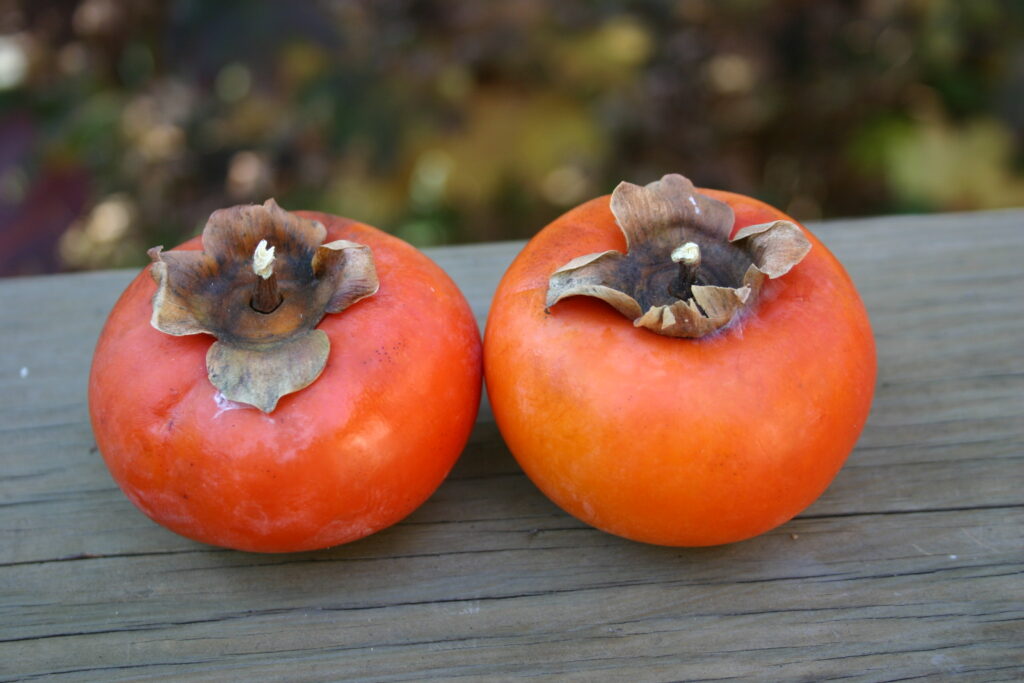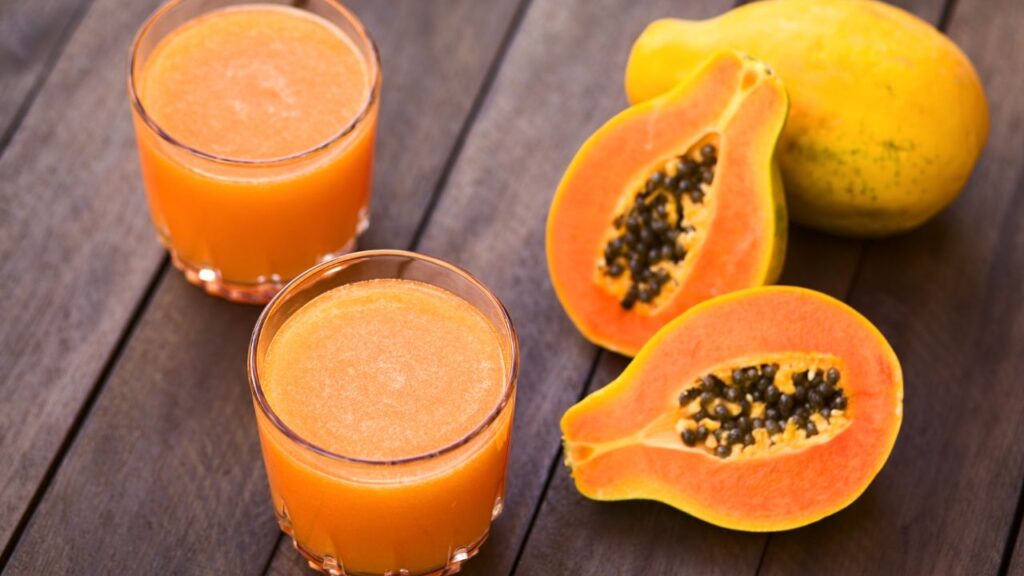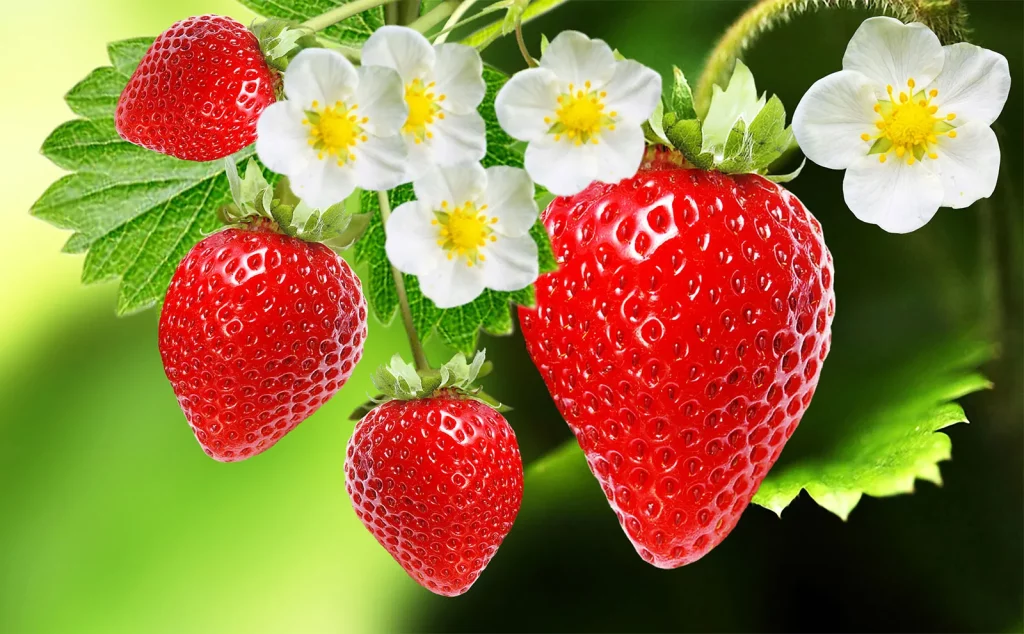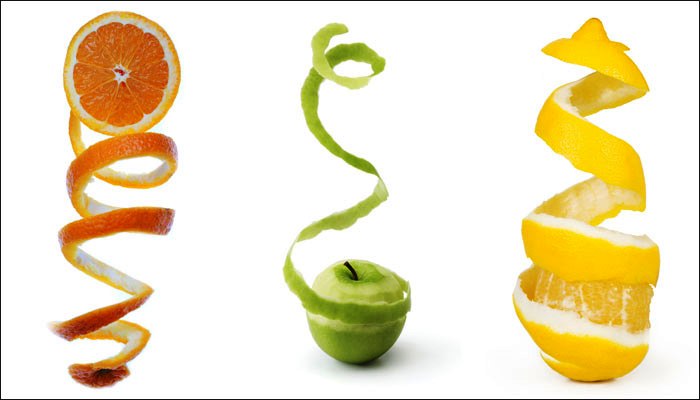The Blood Fruit (Haematocarpus validus) is a vibrant, evergreen plant that climbs like a vine. It’s from Southeast Asia and grows in places like India, Bangladesh, Indonesia, Singapore, Thailand, and Sri Lanka. This hardy plant can live in very dry areas and in soil that’s very acidic. In India, it’s a wild plant found in the Andaman & Nicobar Islands and states like Arunachal Pradesh, Mizoram, and others.
When you taste a ripe Blood Fruit, it’s sweet and a bit sour, with a really nice taste. The fruit is super rich in anthocyanin, a natural compound that gives it a deep red color just like blood. This beautiful color can actually be used in food and drinks to make them look nice without using fake colors, which can be bad for you. There are many names people might call this fruit, like Khoan Phal, Raktaphal, or Thoyphal depending on where they’re from.
Table of Contents
The Taste That Stands Out
Blood Fruit is really special because of how it tastes. The red flesh of the fruit is both sweet and sour, and this mix of flavors is what makes it so special and liked by many. The sweet and tart parts balance each other out, creating a unique taste that’s very enjoyable.
Where It Comes From
Scientists from different research institutes in India have been working hard to grow Blood Fruit better. They’ve come up with special ways to grow it in a nursery, which is great because it’s quite a rare fruit. They found on the Middle Andaman Islands and in Tripura.
For the seeds to start growing, they need some help because they don’t wake up from their sleepy state easily. Scientists figured out that dimethylsulphoxide works really well to get the fruit’s color out so they can study it. They’re doing more studies to understand why the fruit is so red.
The Blood Fruit plant blooms from April to June and has green fruits that turn red when they ripen. The ones from the Andaman Islands are usually darker. Because it’s such a unique plant and could be lost in a natural disaster, it’s really important for people to keep growing it.
Growing Blood Fruit
Raising Blood Fruit isn’t simple because it needs just the right kind of weather – warm and humid like in the tropics. It loves sunny spaces and soils that are sandy or full of organic stuff and drain water well. When you plant it, make sure the air can flow around it to stop any plant diseases from growing.
When You Can Find It
You can find Blood Fruit in the places where it naturally grows. The best time to get it is from April to June when the plant has flowers, and the green fruits turn red and ripe. The ones from the Andaman Islands are often darker than the ones from other places. You can find this wild fruit in several Indian regions.
What’s In It?
Blood Fruit is full of good stuff for your body. It has fiber and vitamins like A, B6, C, and K and minerals like calcium, iron, and magnesium. If you fill a cup with Blood Fruit, you get roughly:
- Calories: 66
- Total Fat: 0.3 grams
- Sodium: 2 milligrams
- Potassium: 488 milligrams
- Carbohydrates: 16 grams
- Dietary Fiber: 3.4 grams
- Protein: 1.2 grams
Good for Your Health
Because it has so many vitamins and minerals, Blood Fruit can do a lot of good for your body. Its fiber keeps your stomach happy and working well. Also, local people use it to make them feel better when they have liver problems, blood problems, or swelling. The vitamin C in it can make your body stronger and help you fight off sickness. Plus, the potassium in it keeps your blood pressure okay and lowers the chance of having a stroke.
Tasty Ways to Enjoy Blood Fruit
There are lots of ways to eat Blood Fruit. You can have it just as it is, or put it into salads and smoothies, or even use it to make yummy things like jams, jellies, and sauces. Its unique sweet-sour taste makes desserts like pies, tarts, and cobblers really tasty. You can also make a cool drink from the pulp or mix it with other fruits to create a wonderful juice.
![What Is The National Fruit Of Japan And Why? [ANSWERED]](https://fruitonix.com/wp-content/uploads/2023/04/japanese-persimmon-1024x576.jpg)








